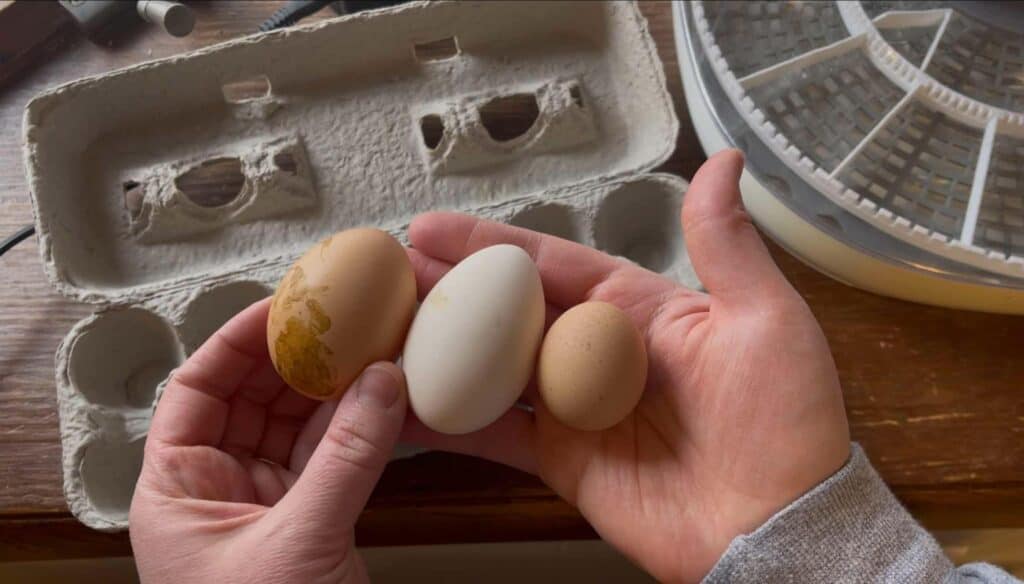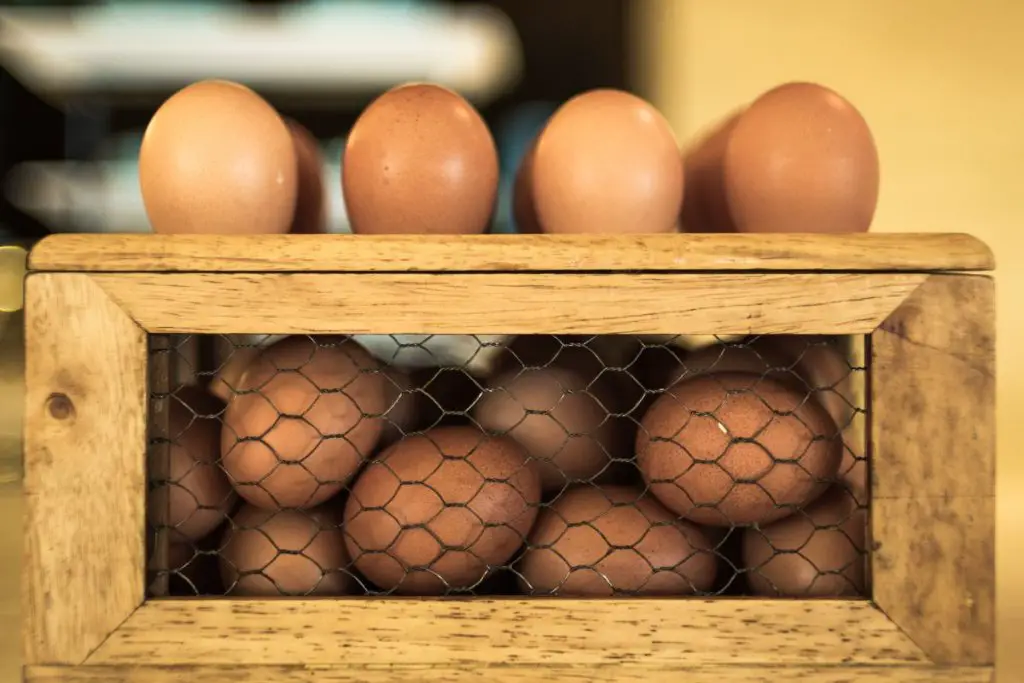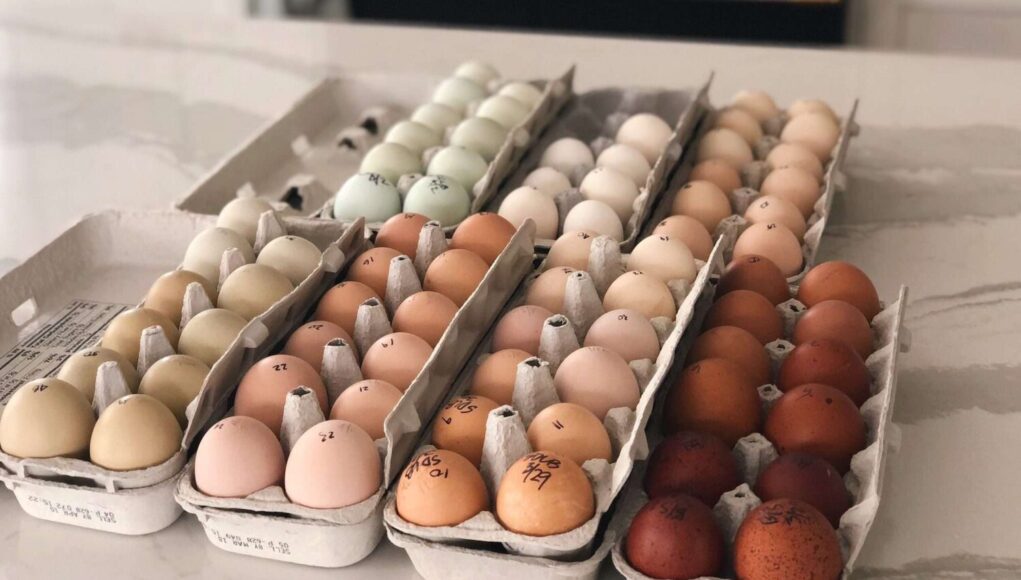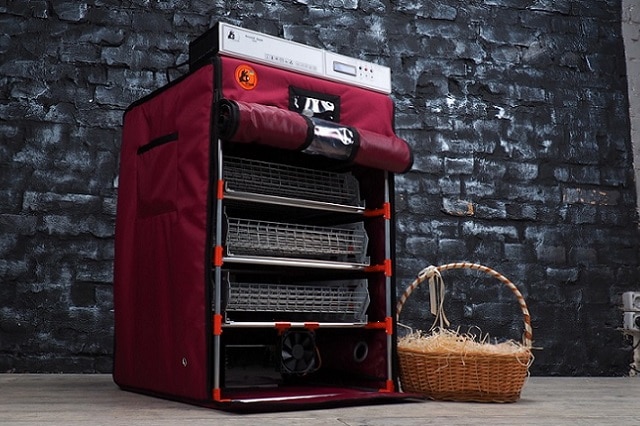Maintaining the right humidity levels in an incubator is crucial for the successful hatching of eggs. Whether you are a seasoned poultry farmer or a beginner, understanding how to maintain humidity in incubator can significantly influence your hatching outcomes. This guide will provide insights, tips, and techniques to ensure your incubator is at the ideal conditions for egg development.

Understanding Humidity in Incubators
Humidity is the amount of water vapor present in the air inside the incubator. It plays a vital role in regulating the egg’s moisture loss during incubation. Too much or too little humidity can affect the embryo’s development, leading to unsuccessful hatching. Therefore, maintaining the right humidity levels is essential for a healthy hatch.
Why is Humidity Important?
The right humidity ensures that the egg loses moisture at a controlled rate, which is vital for the embryo’s growth. If the humidity is too low, the egg can lose too much moisture, causing the chick to shrink and stick to the shell. Conversely, if the humidity is too high, the egg may not lose enough moisture, leading to drowned embryos.
Ideal Humidity Levels for Incubation
Understanding the ideal humidity levels is crucial for anyone looking to hatch eggs successfully. Generally, the recommended humidity level during the incubation period for chicken eggs is around 45% to 55%. In the last few days before hatching, also known as the lockdown period, the humidity should be increased to 65% to 75% to facilitate the chick’s emergence from the shell.
Monitoring Humidity Levels
Regularly monitoring the humidity levels in your incubator is essential. Using a hygrometer, a device that measures humidity, will help you keep track of the conditions inside the incubator. It’s advisable to place the hygrometer at egg level for the most accurate readings.
Adjusting Humidity Levels
Adjusting the humidity levels in your incubator may be necessary depending on the readings. Here are some methods to adjust humidity:
Adding Water
One of the simplest ways to increase humidity is by adding water. Most incubators have water channels or trays designed for this purpose. Fill these channels with warm water to boost the humidity levels.
Using Sponges
Adding a damp sponge can also help increase humidity. Sponges have a large surface area that allows for more evaporation, thus raising the humidity inside the incubator.
Reducing Humidity
If the humidity is too high, you can reduce it by removing some water from the incubator or opening the incubator’s vents slightly to increase airflow.
Common Humidity Challenges and Solutions
Maintaining the right humidity can be challenging due to various factors such as environmental conditions and incubator design. Here are some common challenges and solutions:
Fluctuating Humidity Levels
Fluctuating humidity levels can be caused by opening the incubator too frequently. To minimize this, try to limit the number of times you open the incubator and quickly close it after adding water or making adjustments.
Environmental Factors
External environmental factors such as room temperature and humidity can affect the incubator’s internal conditions. Placing the incubator in a room with stable conditions can help manage these external influences.
Additional Tips for Successful Hatching
Ensuring the best conditions for your eggs involves more than just maintaining the right humidity. Here are additional tips for a successful hatch:
Regular Monitoring
Regularly check both the temperature and humidity to ensure they remain within the recommended ranges. Consistency is key to a successful hatch.
Proper Egg Handling
Handle eggs with clean hands and avoid turning them too often. Refer to this guide on how to store eggs to ensure they are in optimal condition before incubation.
Choosing the Right Incubator
Invest in a quality incubator that offers reliable temperature and humidity controls. For more information on choosing the right incubator, you can visit this guide.
Ventilation
Proper ventilation is essential for maintaining the right levels of oxygen and carbon dioxide inside the incubator. Learn more about this from our article on ventilation in chicken incubators.

Faq
What is the ideal humidity for incubating chicken eggs?
The ideal humidity for incubating chicken eggs is around 45% to 55% during the initial incubation period, and 65% to 75% during the lockdown period.
How can I increase humidity in my incubator?
To increase humidity, you can add warm water to the incubator’s water channels or place a damp sponge inside.
Why is my incubator’s humidity fluctuating?
Fluctuating humidity can be caused by frequent opening of the incubator or unstable external environmental conditions. Try to minimize opening the incubator and ensure it’s placed in a stable environment.
For further insights, visit our page on testing egg fertility before incubation for more information on preparing for a successful hatch.
This article contains affiliate links. We may earn a commission at no extra cost to you.











